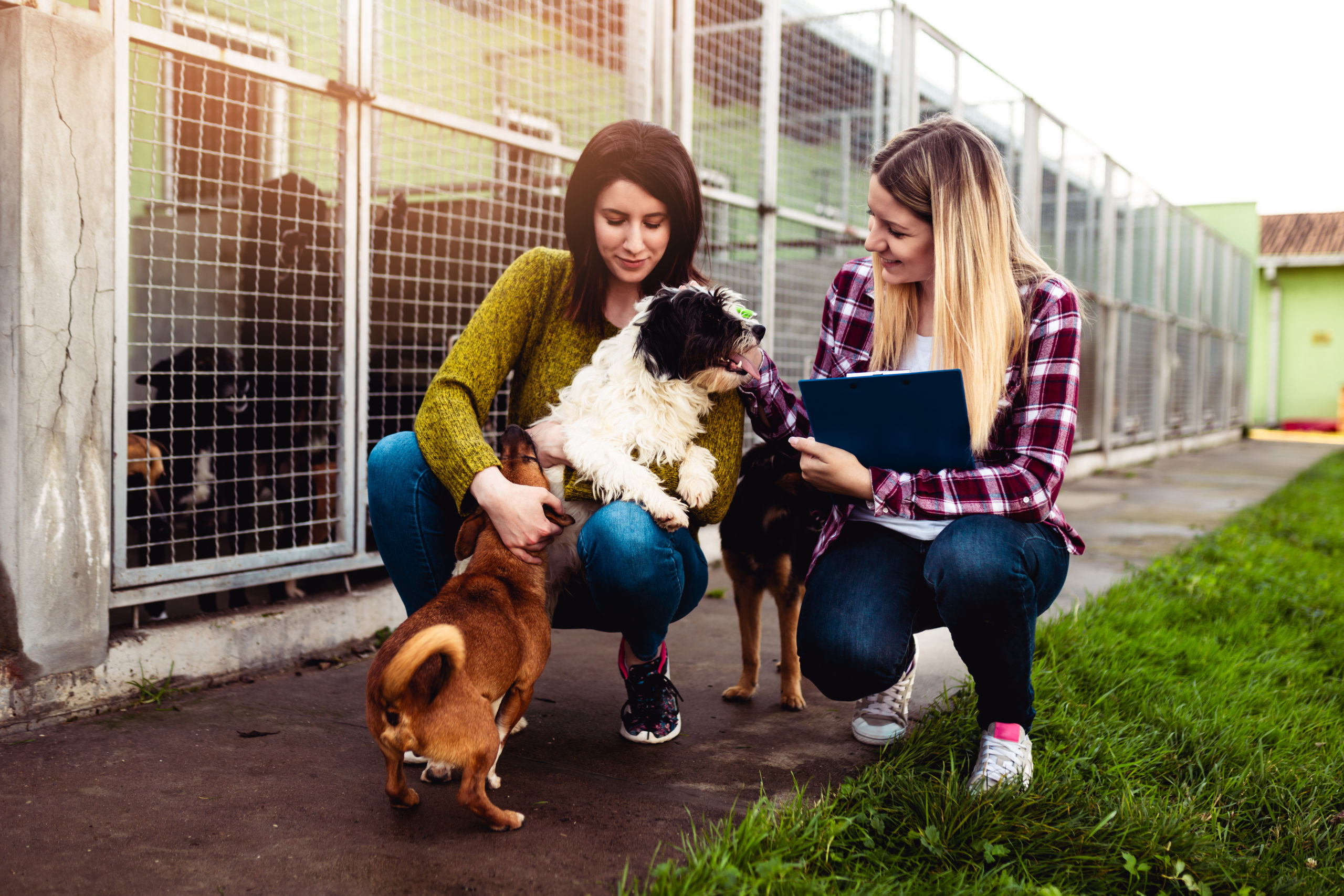
Socializing Your Dog: Tips & Tricks
Everyone develops social skills at different rates. Dogs function the same way. They have their comforts, fears and behavioral tendencies when faced with a new experience. So, what is the best way to socialize your dog? The information below shows a few steps for dogs of all ages. The key to success in these steps is patience, consistency and commitment.
The Socialization Process
Aside from comfort in their own home, dogs need to be comfortable outside of the home. Here is where the socialization process truly begins and should happen sooner than later. The American Veterinary Medical Association suggests socialization during a dogs ‘sensitive period.’ This period is critical in creating long-lasting effects on brain structure, function and behavior. This period is between the ages of three to 14 weeks.
But what about older dogs? Of course, older dogs may not have had the same socialization and engagement experiences as a puppy. Or they will need help with socialization outside of their ‘sensitive period.’ For all dogs, the best practice is to Introduce new dogs one at a time. Have a time set up to meet new dogs and allow the familiarity to grow slowly. As dogs age, they prefer the company of smaller groups. Introducing them to large groups of dogs can be intimidating. This could lead to your dog reacting to a younger dog who is still developing social skills. Or, the other way around. Try to keep control of the situation and reduce any risk.
Similar to humans, dogs will socialize at different rates. Your dog might love to meet new humans but take more caution with new dogs. Or it might be the other way around. This is completely normal. Socialization with dogs of all ages will take patience, consistency and commitment. Continue to positively reinforce social interactions of your dogs with others (including humans) Interactions such as sniffing, wagging their tail and allowing the new dog to sniff them in return should be positively reinforced. Scratching their chest and saying ‘good’ is a great way to react to a job well done.
Next Steps
Once your dog has displayed the necessary behaviors in socialization, feel free to visit a dog park and allow them to run around. Please make sure your dog is fully vaccinated and all their documentation is updated. Depending on where you live, the county may require your dog to be registered too. Dog parks seem a great place to socialize dogs. However, as mentioned previously, many dogs will be overwhelmed by the large group and become reactive. If your dog is still working on socialization, the dog park may not be the best place. This could erase any progress made in previous, positive interactions your dog had before visiting the dog park.
The Pack Walk
Finally, the pack walk is a tried and true method for socialization. Walks with your dog are a bonding experience. Now, you can add a variable here and introduce a new dog to your walks. You’ll have a better control with a lead, they will be exerting energy and everyone will be walking in a small group. Puppies, adolescents and adult dogs can all benefit from a group walk with a new dog. Then, once the walk is finished without issue, conclude with playtime in a backyard. Keep these activities consistent. Continue to walk with a group once a week and continue to build the bond within your pack.
Is there a perfect way to socialize your dog? Not really. Humans and animals all have personalities along with strengths and weaknesses. Starting early and continuing to work on comfort outside of the home with walks, interactions with dogs with positive reinforcement will improve behavior. Socializing your dog in stages, positively reinforcing and remaining patient can ensure your dog is comfortable inside and outside of their home.
